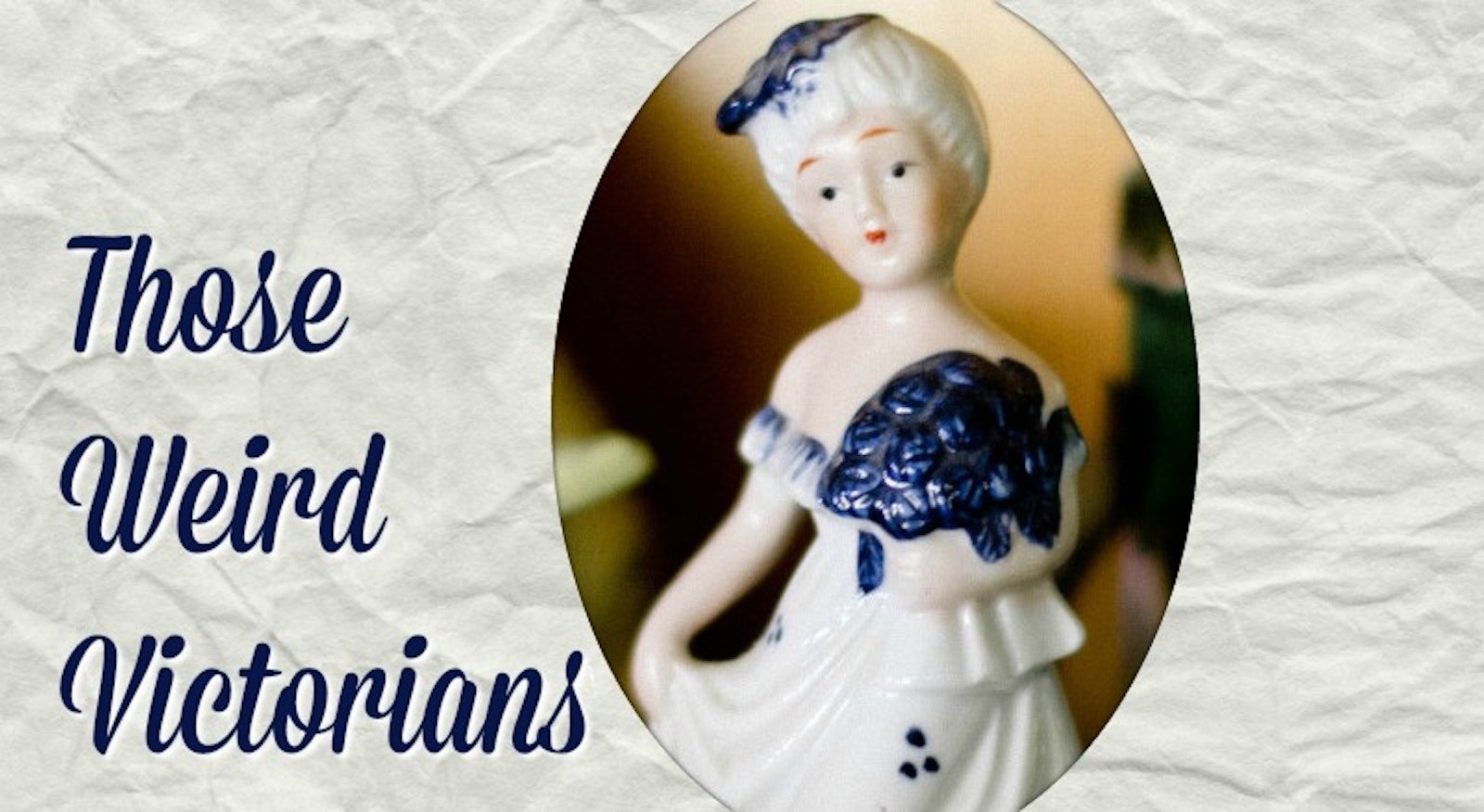We here at PieceWork adore Victorian knitting patterns, especially those from Weldon’s Practical Needlework. Yet translating British Victorian knitting jargon into modern American terms can prove challenging! In “Victorian Life and Knitting” from the November/December 2002 issue, Carol Huebscher Rhoades provides insight into how to decode the unfamiliar phrasing and choose the right yarn and needles for the project.
1. Read the pattern carefully
Sounds simple but this first step is crucial. Carol recommends marking anything that is questionable. Then she says to read it through a second time to clarify any problem areas. “If any of the terms used are unfamiliar, the appendix and glossary in Richard Rutt’s A History of Hand Knitting will be useful.”
2. Knit a swatch
Gauge or tension is rarely given in Victorian knitting patterns. What is a modern knitter to do? Knitting a swatch is a must! Carol says, “The patterns in the Weldon’s series, however, usually suggest a yarn and needle size.” For example, if you plan on knitting a lacy shawl, Carol explains, “[a] knitter would want to choose a yarn that is fine in relation to needle size.”
Baby’s Balmoral Bootikin to knit from Weldon’s Practical Needlework, Volume 5.
3. Size matters
Carol cautions knitters, “Keep in mind that the needle sizes are British sizes, in which the higher the number, the finer the needle. Approximate equivalencies are: British size 14 is equivalent to a U. S. 00; British 13 to a U. S. size 0; and British 12 to a U. S. 1.” British to U. S. needle conversion charts can be found online.
4. Check your sizing
Victorian knitting pattern sizing differs from modern sizing. Carol reminds us, “While the Victorian patterns sometimes specify a size, such as lady’s small or infant, the average person was shorter and babies were smaller then.” For best results, do not skip the gauge swatch! Books like Ann Budd’s Knitter's Handy Book Of Sweater Patterns: Basic Designs in Multiple Sizes and Gauges can help you figure out the yardage requirements for the desired size.
5. Translate
Finally, Carol advocates translating the Victorian knitting pattern into contemporary knitting language. Carol explains, “Writing out the pattern line-by-line and/or enlarging the page on a copier will make following it easier.” Terms like “narrow’” might cause a modern knitter to pause, but changing the word to “decrease” makes knitting the pattern a breeze.
Even though Victorian knitting patterns may differ from modern patterns, Victorian knitters were not so different from us. With these few simple tweaks, you too will be able to understand their knitting language. Maybe those Victorians aren’t so weird after all!
Happy knitting,
Elizabeth
Published October 17, 2017; updated January 29, 2020.


